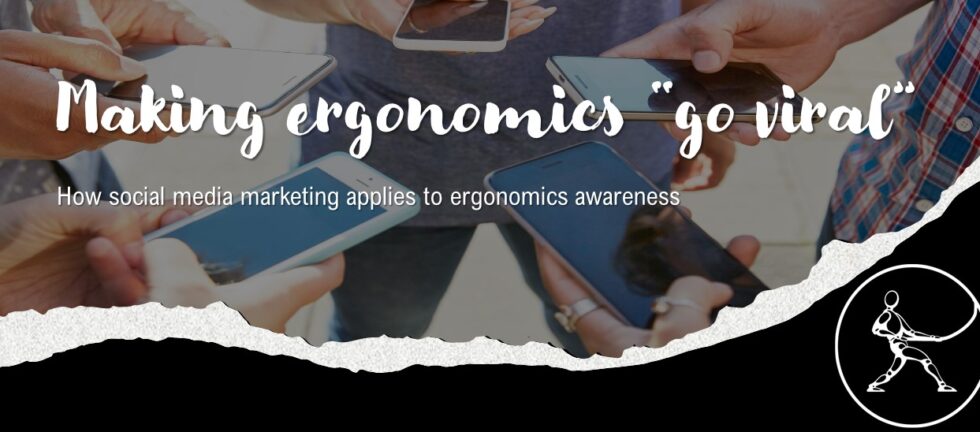Research by Carter Deforest
Our team has been doing some research with the primary goal of improving our social media engagement (follow us on LinkedIn, Instagram, and Facebook!). Along the way, we’ve learned that many of the principles that apply to successful social media campaigns also apply to ergonomics awareness initiatives. When we want to encourage workers to use ergonomic work strategies, our messaging needs to be quick, concise, and engaging. Here’s why.
The 3-second rule
Brendan Kane (Hook Point) describes a 3-Second Rule that says that we have only a few seconds to capture a video viewer’s attention. (For still images like posters and documents, I imagine that we have even less time!) The message must be concise and compelling, and must resonate with curiosity, emotion, or intrigue. In those crucial initial moments, a video must capture attention and swiftly communicate the essence of your message.
Applied to ergonomics, your “lifting” or “chair adjustment” video must immediately spark interest and help the worker to understand the importance of ergonomics in the workplace. Transform lengthy talks into engaging videos, and detailed posters into infographic snapshots.
Tell stories
Kane also promotes storytelling, including conflict, resolution, and relatable characters. Stories can show how a product or service solves a problem.
Stories are also effective in ergonomics campaigns or training. People glaze over during a lecture about why to avoid overtightening fittings. (Because it uses more shoulder effort than necessary and makes the fittings even harder for the next person to loosen!) But people are fascinated to hear from a retiring mechanic whose career advice to his granddaughter is to save her shoulder by not overtightening!
Cater to a digital lifestyle
Subramanian (2017) pointed out that our lives are increasingly “digital”. We’re restless, and constantly interacting with digital media. A message needs to stand out from the noisy background of other messages in electronic media. If our awareness initiatives are delivered on posters and bulletins, will employees even see them as they trudge along the hall with their nose and thumbs on their phones?
Ergonomics awareness initiatives must be innovative to engage participants effectively. Visually appealing content, interactive elements, and user-friendly interfaces are required. Taking photographs? Use a model that everyone will immediately recognize. Use humour (cautiously). In awareness sessions, use interactive apps such as Kahoot! and Mentimeter to allow people to use their phones while engaging with the content.
Customize for your audience
Kane says, “Your jacket doesn’t fit; get it tailored.” Sometimes content doesn’t resonate with viewers because it doesn’t fit with their experiences.
We don’t teach people how to lift boxes if they move exhaust pipes all day. We shouldn’t teach people how to adjust a sit-stand desk if they are sitting at their kitchen table. We need to make our message relevant for our audience. Like a well-fitted jacket, ergonomics content should be tailored to your workplace. In ergonomics, we often say that “One size does not fit all”, and this applies not only to body size, but also to training and awareness initiatives. By “tayloring” content to your organization’s needs, participants can see how the message applies to them in their workplace. Bring props from the workplace into the session. Take videos of people using ergonomic work strategies in your actual workplace.
There’s a lot to be learned from social media about how to engage with employees in the workplace. What makes a post go “viral”? We don’t have all the answers, but we are thinking about the types of posts we “like” and “share” when we create our awareness materials. Let’s integrate the features of viral posts into all of our ergonomics awareness campaigns!


